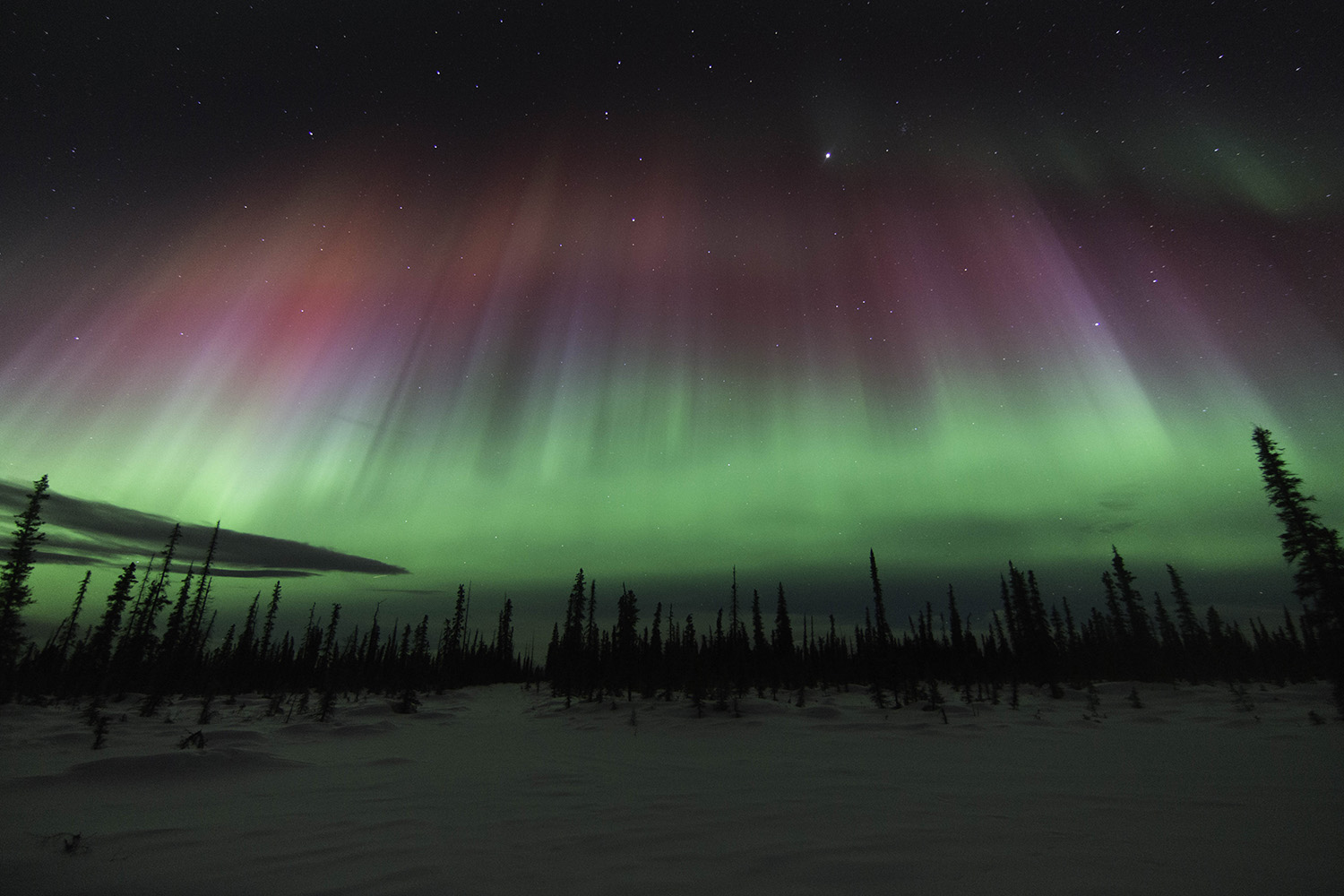SFU opened its doors to the public last Saturday, May 9 and once again celebrated Astronomy Day, with a day of free fun for space enthusiasts of all ages.
The annual event was hosted by the Royal Astronomical Society of Canada (RASC) in conjunction with SFU’s Science Rendezvous. Over 5000 visitors passed through the campus to take part in the day’s happenings.
Tables with exhibits lined the halls of the AQ from late morning well into the afternoon. There were plenty of crafts and activities for the younger astronomy fans, including a station for making oreo’s that depicted different phases of the moon and two well-attended science shows in one of SFU’s science theatres.
Guest lecturers gave free talks throughout the day and people lined up all afternoon for tours of SFU’s new observatory. Attendees could also take a look through one of the solar telescopes stationed outside.
One of the first free lectures of the day featured a slideshow of the Northern Lights — the phenomenon that involves charged solar particles hitting the earth’s magnetic field, creating displays of colourful lights around the North and South Poles.
While the Aurora Borealis that is typically seen is green, photographer and long time amateur astronomer Ed Hanlon explained that stronger solar storms result in yellow and red colours. Hanlon’s photos showed the varying range of lights he witnessed over the years while he was stationed as a paramedic in northern Canada.
Another talk explored the seemingly infinite multitude of galaxies in the universe, how they are identified, and all the interesting and unexpected shapes they take.
A retired physics and astronomy professor from Capilano University, Stanley Greenspoon, gave a talk on the search for extraterrestrial life. He explained that in this search NASA bases their evaluations for habitability primarily off of the presence of liquid water. “We always expect other solar systems to be like ours. We always do,” he said. “We’re wrong.”
SFU’s own professor of physics, Howard Trottier — also known as Mr. Starry Nights — assisted with the event. The Trottier observatory opened on April 17, bringing the stars closer than ever to SFU’s mountaintop campus.
Trottier was quoted in The Peak, commenting on the significance of astronomy as a focus for scientific outreach. “People can look at the sky with their eyeballs and see what’s out there without there being anything between them in that experience,” he said. “That makes it very accessible to people.”
Another of the day’s attractions was a session on the Apollo missions given by astronomer Ted Stroman. He demonstrated the Apollo 11 moon landing with a scaled model of the Saturn V rocket that launched the first humans to the moon in 1969.
Stroman noted the importance of engaging people in learning the facts that science-fiction box office hits don’t provide. “I think that there’s a lot of silly public information that’s hyped and distorted out there,” he said.
“These events [bring] people to the ground and they get to hear it from people who know what they’re saying, who aren’t here to hype things.
“I think they learn a heck of a lot more from an event like this or from sitting down with a good book and actually reading.”

